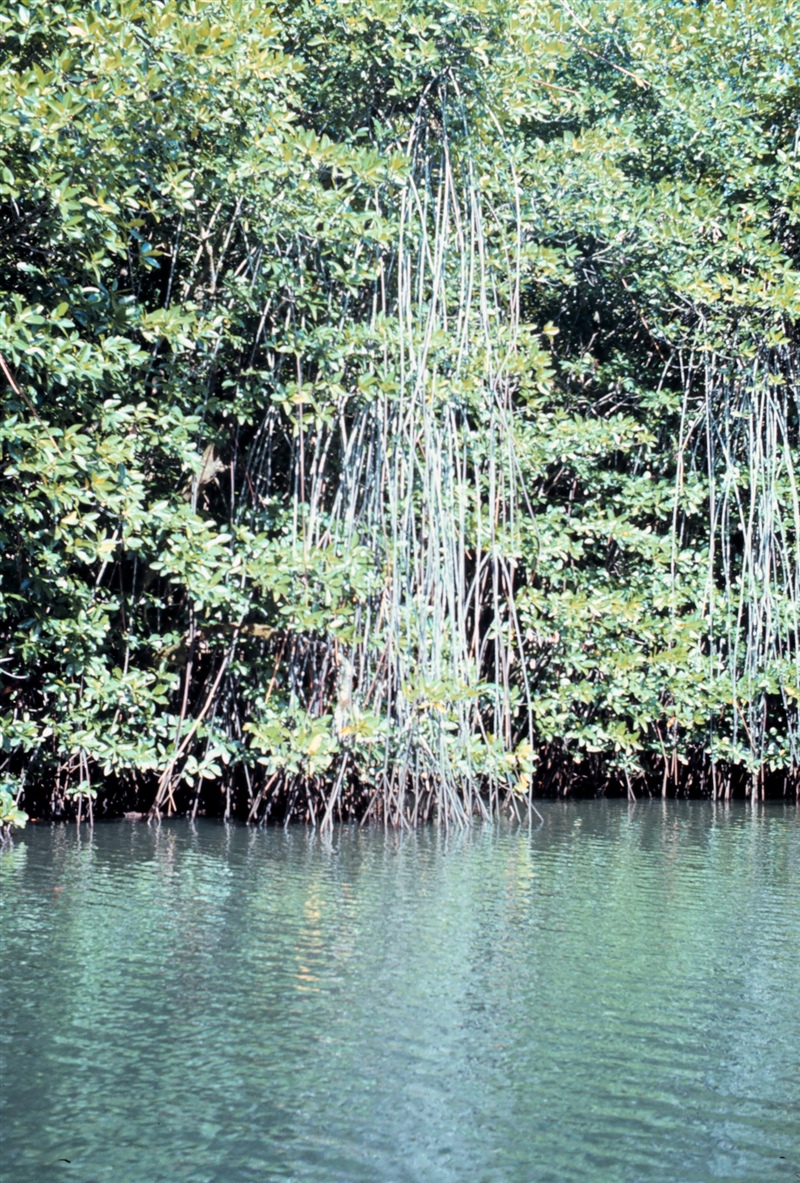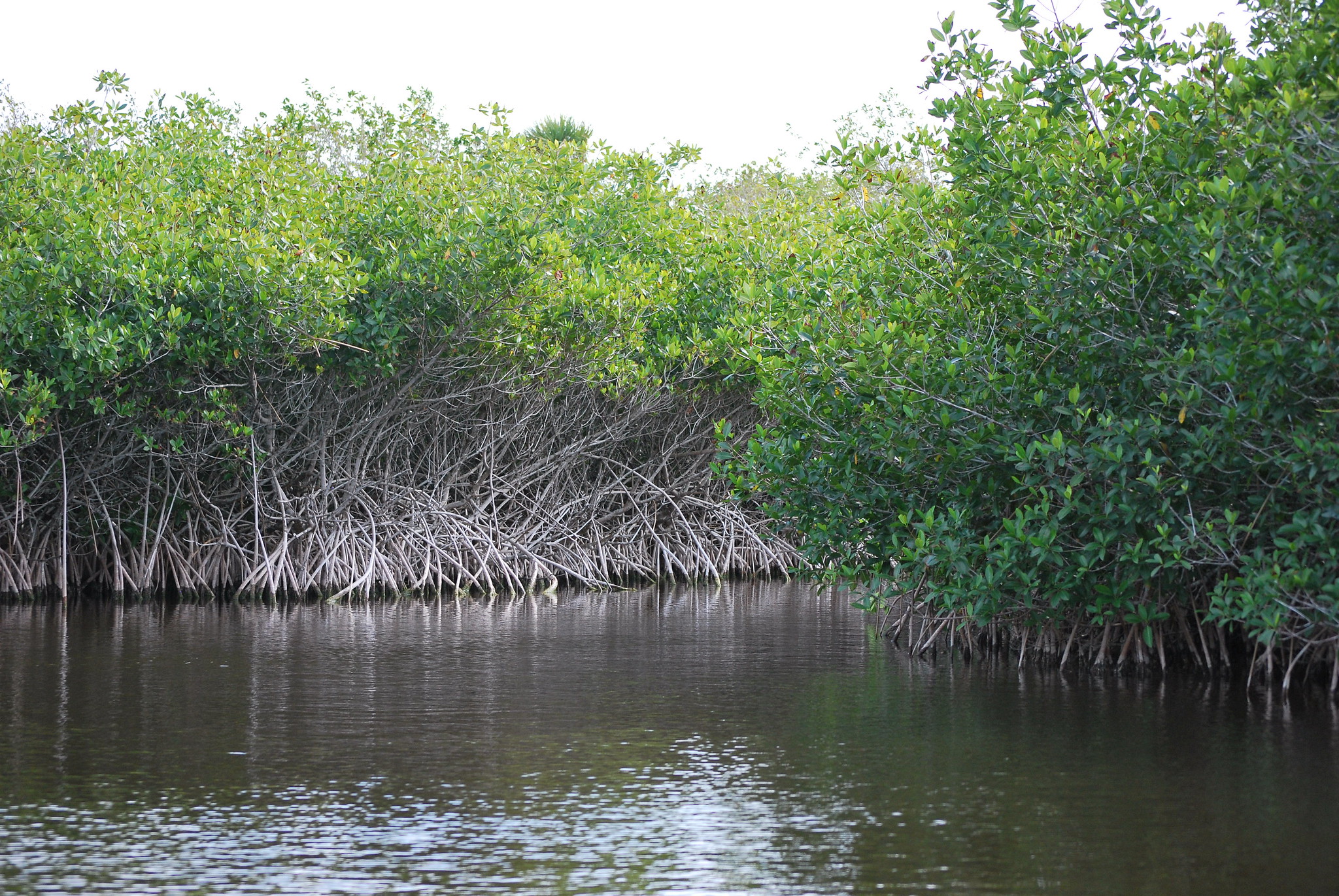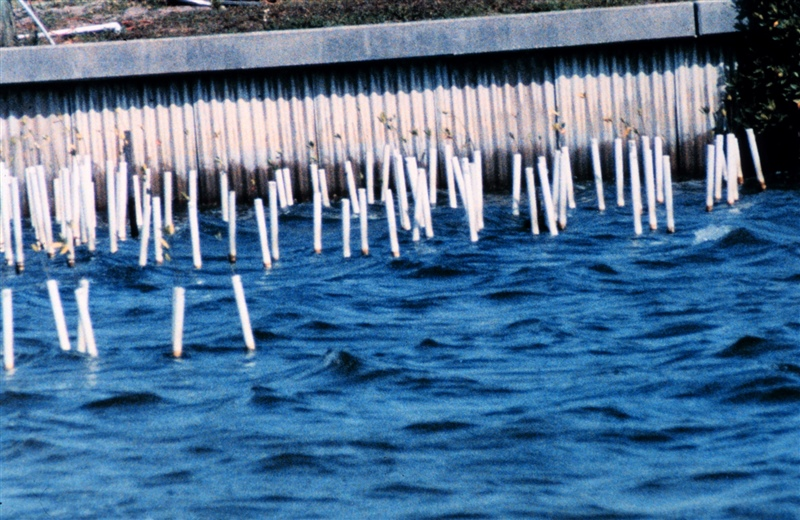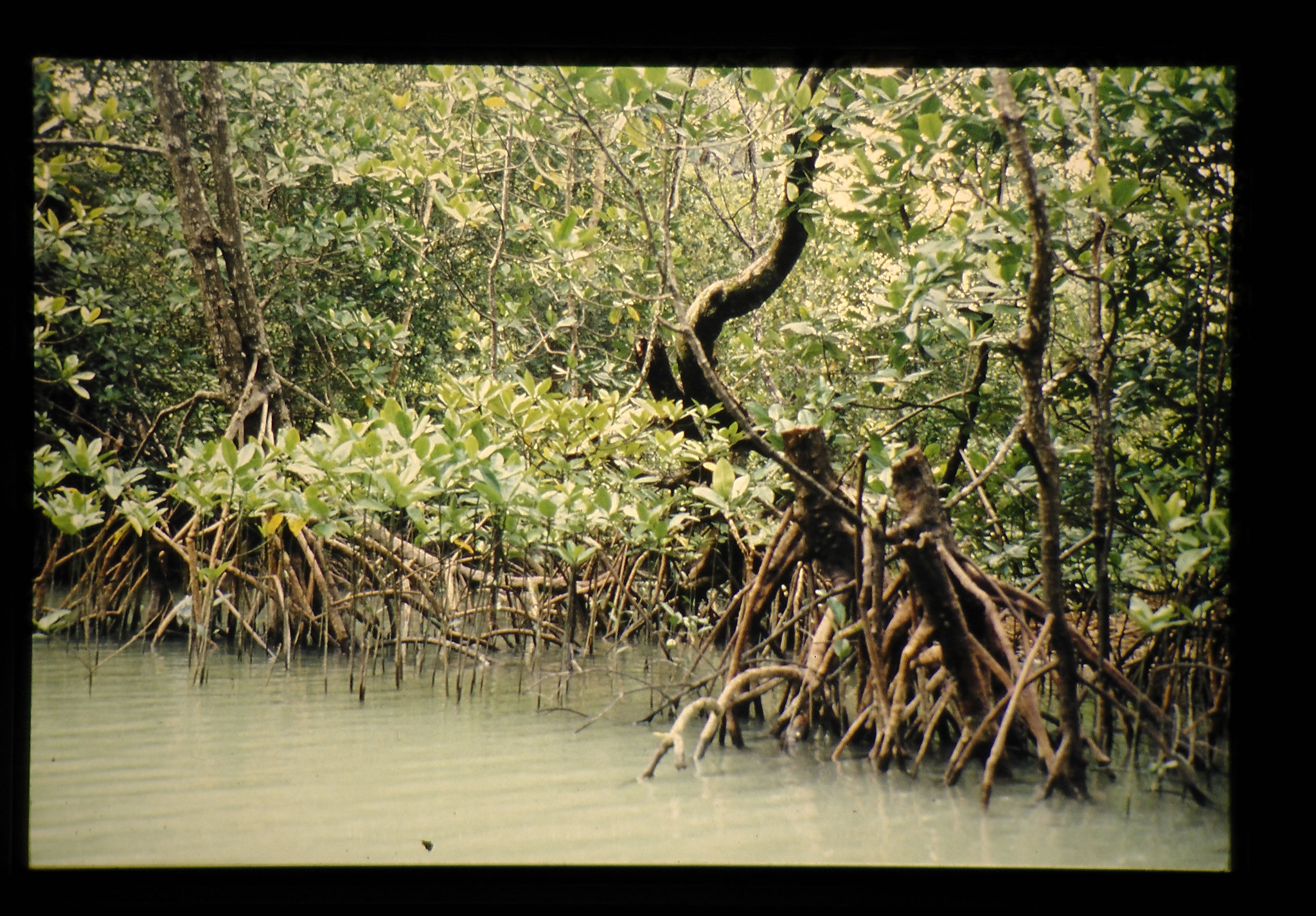Stopping floods, protecting lives, and saving money? Mangroves do it all for free
Mangroves save millions of lives and up to $65 billion in flood damage each year
Our ever-growing human population is increasing demand for development and urbanization of coastal areas that are close to trade routes, food resources, and recreation. As a result, governments are now confronting the risks of flooding to coastal economies and populations. For example, in the Philippines, one of the top three countries at risk from severe weather and flooding events, devastating routine flooding in urban areas forced the government to enact a drastic flood protection plan that is expected to cost $500 million USD. The proposal calls for the construction of man-made barriers like dams, improvement to drainage systems, and relocation for people living in flood plains.
Even these efforts will not eliminate flood risks, and they require future investments into the maintenance of man-made infrastructure. But the Philippines and many coastal areas in the tropics and sub-tropics already have a natural defense against storms, flooding, and coastal erosion: mangroves.

An extreme example of red mangrove prop roots, in Pohnpei, 1971.
Dr. James P. McVey/NOAA
Mangroves – a group of trees and shrubs found in intertidal and coastal areas – are the bridge between oceans and terrestrial habitats. Because many mangrove species live in areas where they are inundated by saltwater on a daily basis, they have developed elaborate root systems that help them "breathe" above the water. These root systems provide the added benefits of creating important habitats for animals (including commercially important fish species), slowing erosion by stabilizing coastlines, and providing the beautiful scenery that fuels a billion dollar tourism industry.
The physical structures of mangrove forests buffer coastlines from storm surges and flooding. As waves rush in from the ocean, they hit the roots and trunks of the mangroves. The forest takes the brunt of the storm's force, absorbing the wave energy, diminishing the height and intensity of the incoming storm surge, and sheltering the inland areas from flooding and storms. In fact, research shows that mangroves reduce wave height and energy by up to 66%, which can protect inland areas from storm damage.
Mangroves provide us all of these benefits for free. Despite that, there has been an alarming decline in mangrove forest coverage caused by pollution, coastal development, and aquacultural and agricultural practices. Nearly 2 million acres of mangrove forests were destroyed between 2000 and 2014. Now, a team of researchers from Spain and the US has put a dollar amount on the value of the flood protection benefits provided by mangroves each year.

A mangrove forest in the Everglades.
Pat (Cletch) Williams
The team, led by Dr. Pelayo Menéndez from Spain's Instituto de Hidráulica Ambiental de la Universidad de Cantabaría, modeled expected flood damages in coastal areas under different scenarios. This is not the first time scientists have tried to place economic value on ecosystem services, or the benefits we derive from the environment. A 2011 estimate put the global value of these ecosystem services at over $125 trillion USD per year.
Different environments provide different "services" that are used to determine the value of a particular habitat or region. For example, we know mangroves are carbon sequestering powerhouses. But placing economic values on intangible services, like offsetting carbon emissions or preventative flood protection, when there are no existing business models charging to conduct the same service is complicated.
Dr. Menéndez and the other researchers followed the recommendations of the World Bank to develop a risk-assessment model similar to those commonly used by insurance companies. They evaluated the expected flooding damage for 700,000 km of coastlines in the sub-tropics and tropics both with and without mangroves present. To determine the extent of damage mangroves prevent in an area, they subtracted the expected cost of damages in areas with mangroves from the total cost of damages anticipated if there were no mangroves present.

A group of mangrove seedlings are protected by PVC pipes at a marina in Florida.
NOAA Restoration Center, Mike Devany, and Marine Resource Council
By modeling the total monetary cost of property damage, the area of land flooded, and the number of people impacted by flooding, the team was able to determine both the social and economic costs associated with mangrove flood protection. And they found that mangroves actively prevented more than $65 billion USD in property damage and protect over 15 million people every year worldwide.
There is no one-size-fits-all model for storm damage, so the researchers also had to account for variations in the local geography, climate, and social and economic factors within their model. As a result, the study found which countries are the biggest beneficiaries of mangrove protection. Countries with high coastal population densities (such as Vietnam, India, and Bangladesh) need their mangroves to protect people living next to the water. An estimated seven million people are protected from flood damages by the mangroves in Vietnam alone each year. Flood protection is also particularly critical for countries with lower GDPs. Mangroves in Belize and Suriname prevent damages that would equate to more than 20% of each country’s GDP.
More developed nations (like China, Taiwan, and the US) experienced the greatest economic benefits in terms of sheer dollar value. Mangroves in the US alone prevent over $11 billion (USD) in averted property damage every year! That is a staggering, especially considering that mangroves are only really found in Florida and in small portions of Louisiana and Texas along the the Gulf of Mexico.

A swampy mangrove forest in Thailand, 1988.
And these figures only portray values under a “normal” year. When the researchers compared benefits provided under normal weather conditions to those expected during severe storms like hurricanes, they found that mangroves become even more vital.
The study estimates that for extreme storms with only a 1% chance of occurring each year – called a 100-year storm – mangroves will avert $270 billion in property damage, prevent nearly 100,000 km2 (24.5 million acres) of land damage, and protect 37 million people and their homes from injury and flood damage. Climate change and warming oceans are expected to increase the intensity and frequency of severe storms, making these “historic” storms more likely and elevating the importance of mangroves.
Mangroves often occupy areas that are perfect for picturesque resorts or apartments, but they are only able to protect us where they form a healthy ecosystem. While we could build seawalls or other man-made storm buffers to replace mangroves, doing so would likely cost us far more in the long run. Even more importantly, as a living barrier, mangroves are capable of healing themselves when they are damaged. Seawalls and man-made structure require continual repair that can cost local economies billions of dollars.
As we look toward another flood and hurricane season, we should not only be considering how we can prepare our towns and homes, but also how we can invest in protection down the road by saving our mangroves or other living shorelines. Even if you do not live near a mangrove, you can help protect these important ecosystems by supporting conservation efforts and shopping for sustainable seafood options, which avoid habitat destruction.